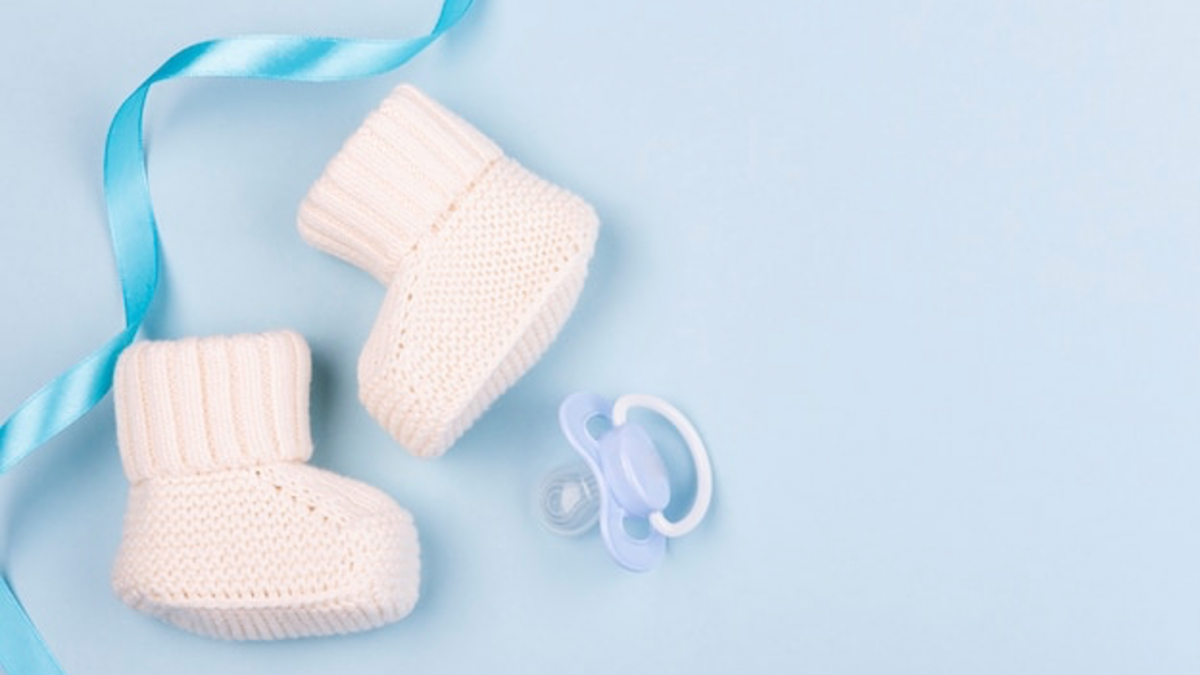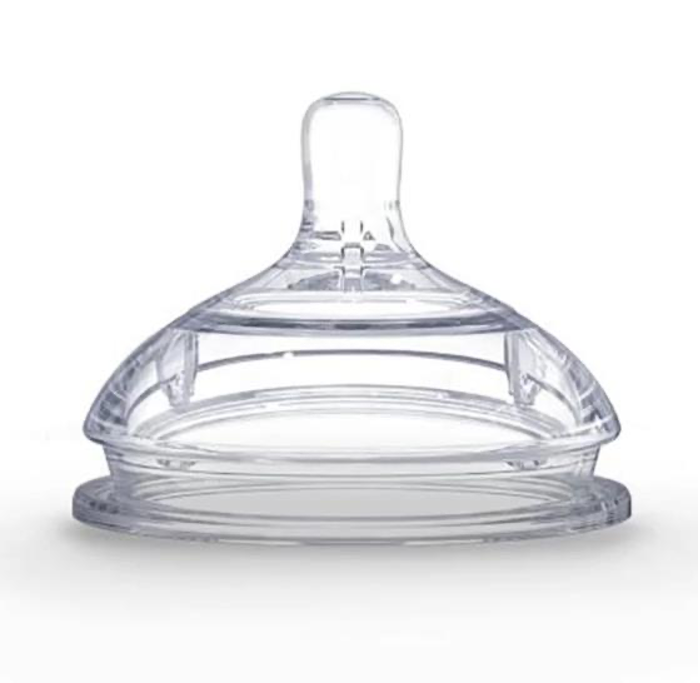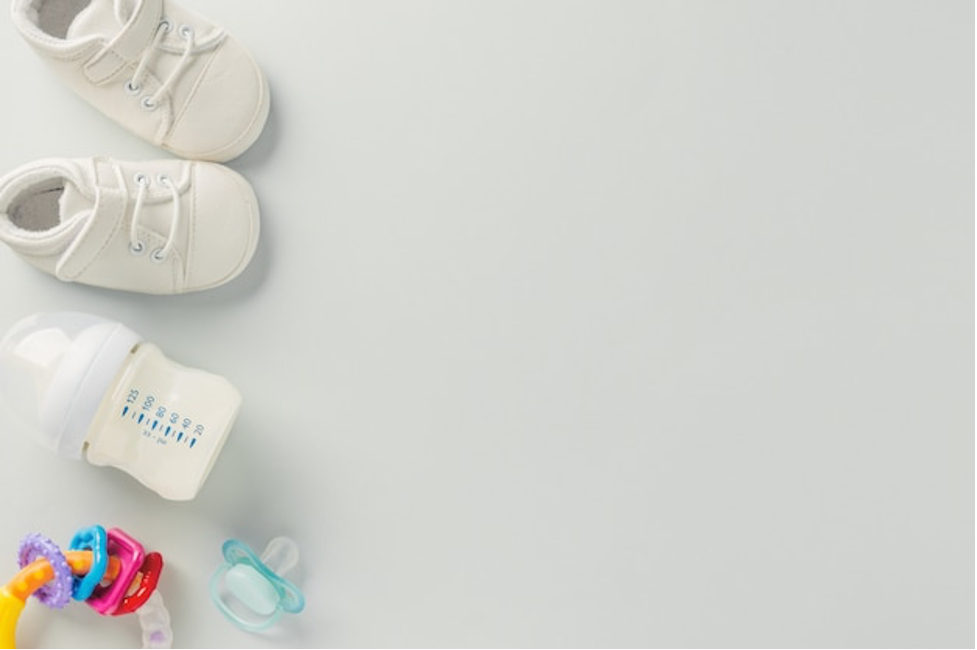
Table of Contents
Which is the Best Material for Baby Products
All parents want the best for their babies. Yet, when it comes to the actual selection of baby products, many novice parents may find this task more difficult than they originally thought. Even for something as small as a baby nipple, there are just way too many products available on the market today, in numerous sizes, of various brands, made of different materials! Let’s take materials for the talking. Latex, rubber, and silicone are three major materials applied to produce baby nipples or pacifiers. Latex is a natural rubber used for its super softness made from the latex milk obtained from the hevea tree. Synthetic rubbers are also used to manufacture baby nipples. On the other hand, silicone baby nipples made from industrially manufactured pure silicone have also expanded their significance in the market [1]. Each of the above-mentioned materials has its pros and cons making it the parents hard to decide which material to choose for their baby.
Rest assured! There is nothing to worry about. Whether you are old or new parents, manufacturers or baby product industry practitioners, wholesalers or retailers, we’ll take you through a proper guide by discussing all the pros and cons of latex, rubber, and silicone pacifiers to choose the best ones for our most precious babies!
Latex Nipples
Latex is one of the most chosen materials for baby nipples, favored by parents who enjoy natural materials than artificial ones. Meanwhile, since they are made of a natural material, latex nipples also have some drawbacks, which should not be neglected while making the decision.
Pros:
- Latex is an absolute natural material
- Latex nipples are extremely soft and elastic
- Easily recognizable by the baby as it is quite similar to the mother’s breast, giving them a natural feel [2]
Cons:
- Due to its natural aging process, latex baby nipple is not durable and sustainable
- Being a porous material, latex absorbs smell and taste and needs to be replaced often
- Latex baby nipple is easily breakable
- Some babies might have an allergy to latex [2]
Rubber Nipples
In contrast to latex (natural rubber), some nipples are also made of synthetic rubber (mostly polyisoprene) to avoid latex allergies [3].
Pros:
- Mimics latex in softness and elasticity
- As an allergen-free product, rubble nipple is quite suitable for babies
Cons:
- Rubble nipple is not biodegradable
Silicone Nipples
Despite being a little costly, silicone pacifiers make it up with their great merits! As liquid silicone products, silicone baby nipples possess a great number of benefits with very little to no harm.
Pros:
- Silicone teats are much more durable, cannot be collapsed easily, and last long
- Silicone having high tensile strength holds the shape of the nipple for a long time
- Silicone is an odorless and tasteless materials, rendering silicone baby nipples safe and comfortable for babies
- Silicone baby nipples are very friendly for babies having latex allergy, making themselves good alternative for latex baby pacifiers
- Silicone baby nipples are washable, sterilized, microwaved, and high temperature resistant [4]

Cons
- Compared to their latex counterparts, silicone baby nipples are less soft, a feature not preferred by some babies [5]
Considering the pros and cons of latex, rubber, and silicone baby nipples, we would highly suggest you go for silicone baby nipples, due to their durability, allergen-free, and sterilization properties in comparison to rubber or latex.
Now you can get a high-quality silicon pacifier for your newborns provided by XHF, ensuring ultimate safety.

Conclusion
XHF has been a trustworthy manufacturer providing a wide range of solid and liquid silicone products including silicone baby pacifiers. For over two decades, the company has been offering professional products and satisfactory services to its clients (ranging from Disney to Samsung) using 100% food-grade silicone material ensuring safety and protection to their clients. The silicone teats are offered in a range of different designs, colors, and sizes and are natural mimics of breastfeeding helping the baby in this transition. If you want specific types of products not commonly found on the market, customization is also a viable option in XHF. Should you have any question, you are always welcome to contact XHF by sending an inquiry.
So, what are you waiting for? Go and visit XHF for customized silicone products for your baby.
References
- Ecosprout. Silicone or natural rubber latex-What’s the difference?
- Dad Fixes Everything. Every type of baby bottle nipple explained (material, size, shape & more). Dad fixes Everything. 2020.
- Kerns, M. L., & Rachita, M. J. (2005). U.S. Patent No. 6,871,751. Washington, DC: U.S. Patent and Trademark Office.
- Bibsworld. Natural rubber latex vs silicone.
- The teatle. Silicone vs Latex: which is the best material for baby bottles?